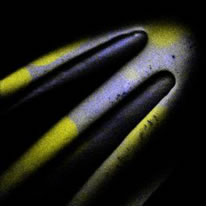Jan 16 2007
The fastest growing market for surface analysis techniques is in the development and manufacture of vascular stents.
Surface analysis plays a major part in several aspects of stent development and manufacture.
Drug delivery characteristics.
Most stents now incorporate a drug-containing polymer coating layer (or 2 or 3). The drug slowly releases into the body and provides therapeutic benefits in addition to the physical support from the stent itself. The main purpose of the drugs is to prevent restenosis (tissue re-growth) around the stent structure.
Surface analysis is used in the development of drug containing coatings in two main areas:-
- Depth Profiling. The depth distribution active drugs provides a useful monitor for which to compare with drug release data.
- Spatial Distribution. Imaging by XPS and/or SIMS can provide useful information on how well dispersed active drugs and excipients, etc, are at the surface. This, again, can be related to empirical drug release behaviour.
Cleanliness Validation.
Samples of stent are taken from selected points in manufacture and assessed for surface cleanliness and passivation effectiveness. The results are compared with benchmark cleanliness values to indicate that the process is within acceptable limits. The main technique utilised is XPS (X-ray Photoelectron Spectroscopy) which provides quantified surface information.
General Troubleshooting.
A range of analytical techniques can be utilised to characterise any contaminants (discolourations, specks, stains, fibres) which are found. ToFSIMS (Time of Flight Secondary Ion Mass Spectrometry), SEM (Scanning Electron Microscopy), FTIR (Fourier Transform Infra Red) and Confocal Raman are all regularly used to investigate manufacturing/quality issues.
 |
|
ToFSIMS image showing the surface distribution of a process residue |
CSMA's surface analysis expertise is world renowned and has been built up over twenty years of solving problems for a wide range of industries and materials.
Click here for more information from CSMA.